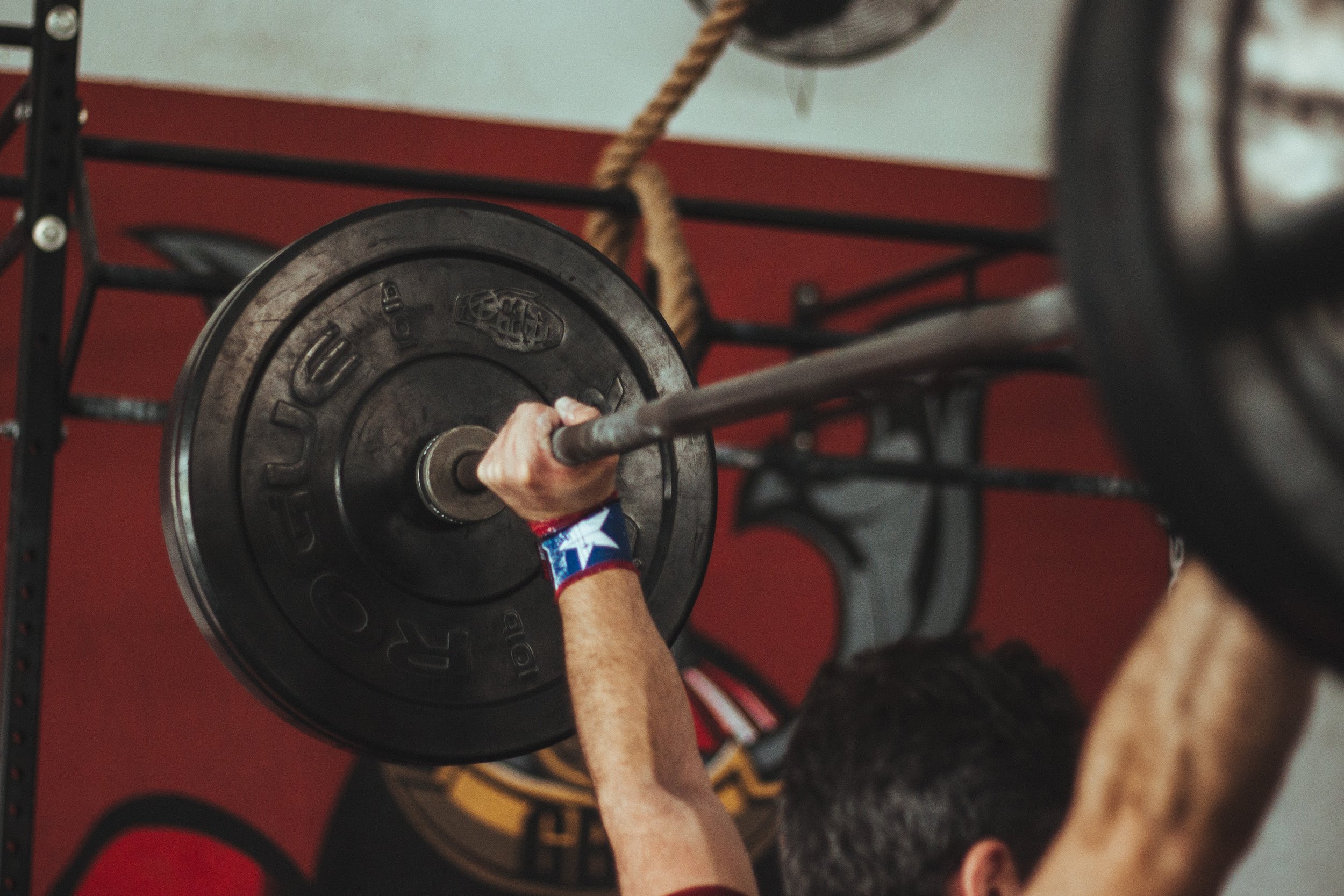One of the milestones of return to sport or recreational activities after injury is the restoration of strength often measured as a percentage of the involved extremity. Measurements should be at least 90% of the uninvolved limb before returning to sport. Those who have returned from injury know the last 10% can be the hardest to regain emphasizing the importance of high intensity strength training during this return to sport phase of recovery. In addition to strength, another key to returning to sport involves rate of force development (RFD) or the ability of a muscle to produce a maximum contraction in the early phase of an rapid movement. For example, changing directions in response to a defender or righting yourself after losing your balance. Ideally Physical Therapy rehabilitation should facilitate the return of strength and RFD among injured patients.
Experts have argued the combination of strength and contraction speed is more specific to the demands of life, work, and play. Injured athletes and patients often demonstrate significant strength gains through the early and middle phases of recovery but RFD can lag reflecting significant impairments in muscle function. Authors have shown RFD is a reflection of both muscle capacity and activation speed. These measurements have both been shown to improve with short and long term moderate to heavy resistance (60-85% of 1 repetition max strength) training. Interestingly, RFD has not been shown to improve following a similar intensity of aerobic training. As expected higher rates of force development are found after high vs moderate intensity exercise programs focused on powerful multi joint movements. Prior research has shown these progressive exercise intensities and movements are safe in untrained populations and even among older adults.
In addition to performance, RFD may also play a role in tissue healing improving the capacity of injured tissues to tolerate life and sport demands. Often recurrent injuries in high functioning patients reflect a slow RFD instead of a loss of strength. For example, beneficial improvements in lower body tendon stiffness have been reported after both strength and RFD training. In addition, these training methods have also been shown to attenuate the decline in neuromuscular tissues and the loss of independence associated with aging.
Injured patients and athletes are encouraged to work with a local Physical Therapist to determine which exercise programs are most appropriate for their current injury. In additional, when appropriate, patients should work on both strength and power development in the final phases of their Physical Therapy rehabilitation programs.
Click Here to schedule your next appointment with the experts at MEND

